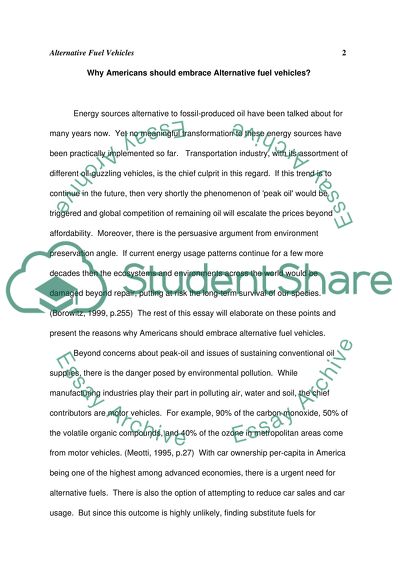Cite this document
(“Why Americans should embrace Alternative fuel vehicles Term Paper”, n.d.)
Retrieved from https://studentshare.org/environmental-studies/1405466-why-americans-should-embrace-alternative-fuel
Retrieved from https://studentshare.org/environmental-studies/1405466-why-americans-should-embrace-alternative-fuel
(Why Americans Should Embrace Alternative Fuel Vehicles Term Paper)
https://studentshare.org/environmental-studies/1405466-why-americans-should-embrace-alternative-fuel.
https://studentshare.org/environmental-studies/1405466-why-americans-should-embrace-alternative-fuel.
“Why Americans Should Embrace Alternative Fuel Vehicles Term Paper”, n.d. https://studentshare.org/environmental-studies/1405466-why-americans-should-embrace-alternative-fuel.


